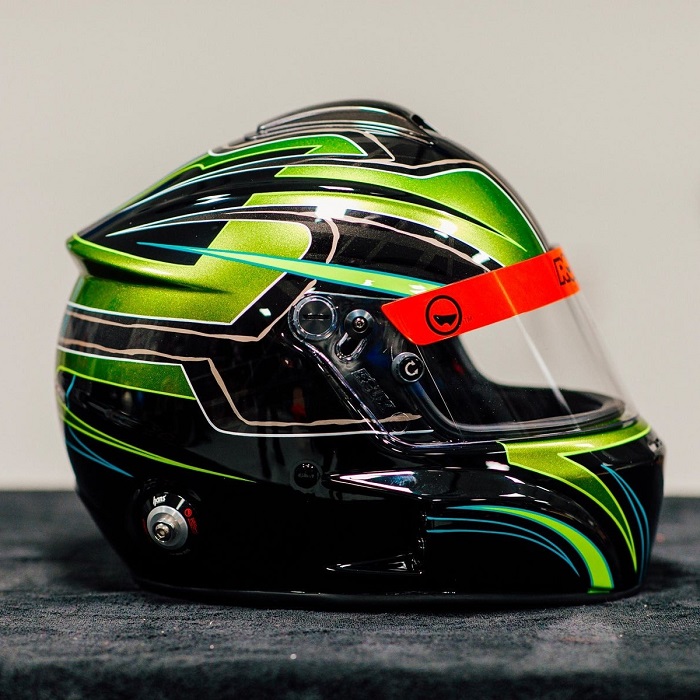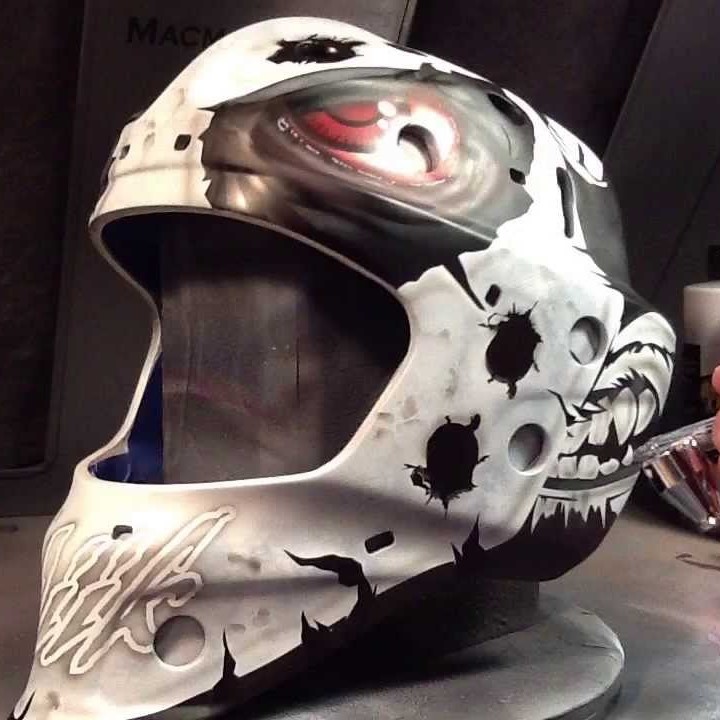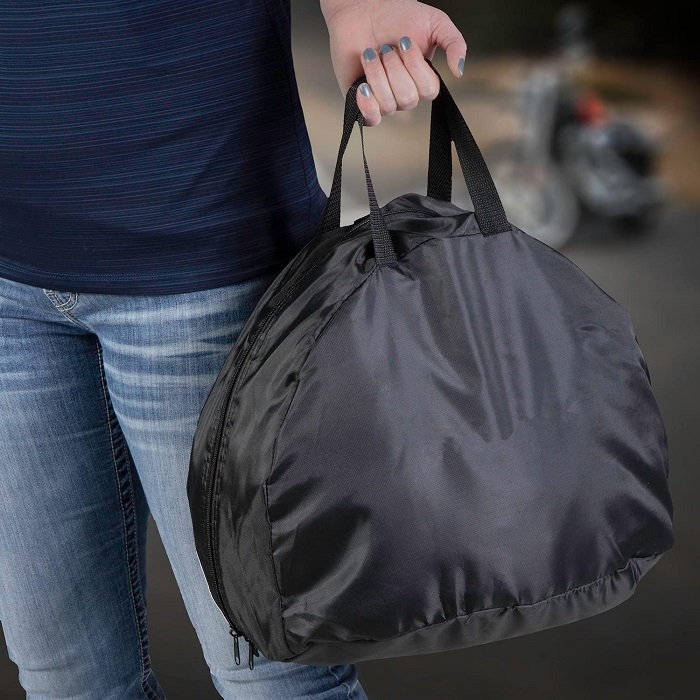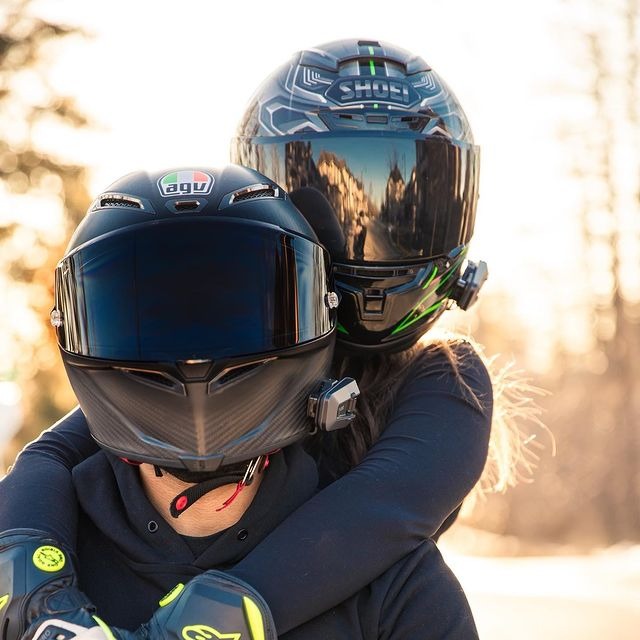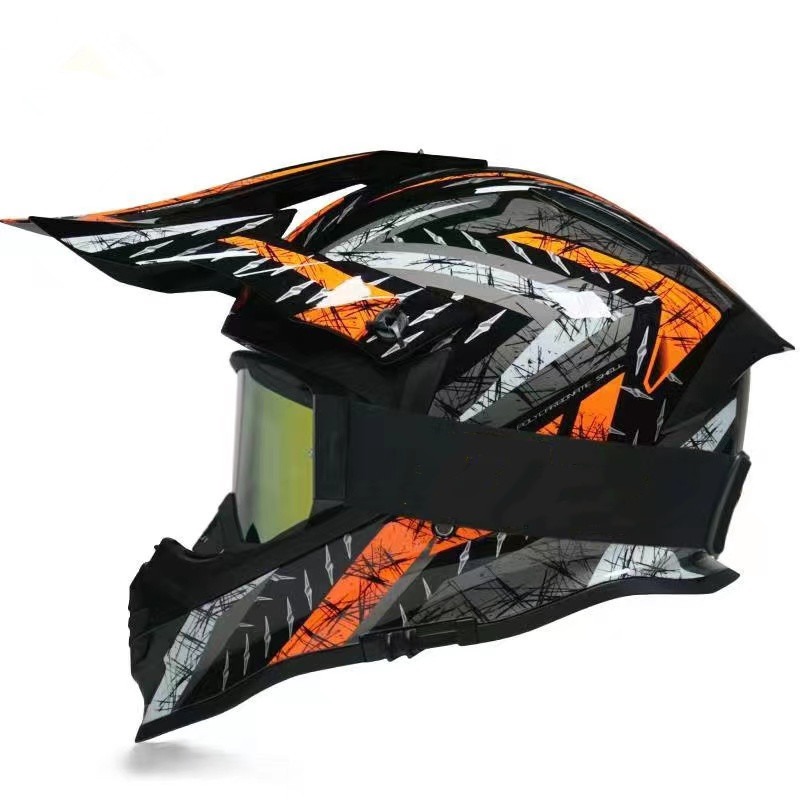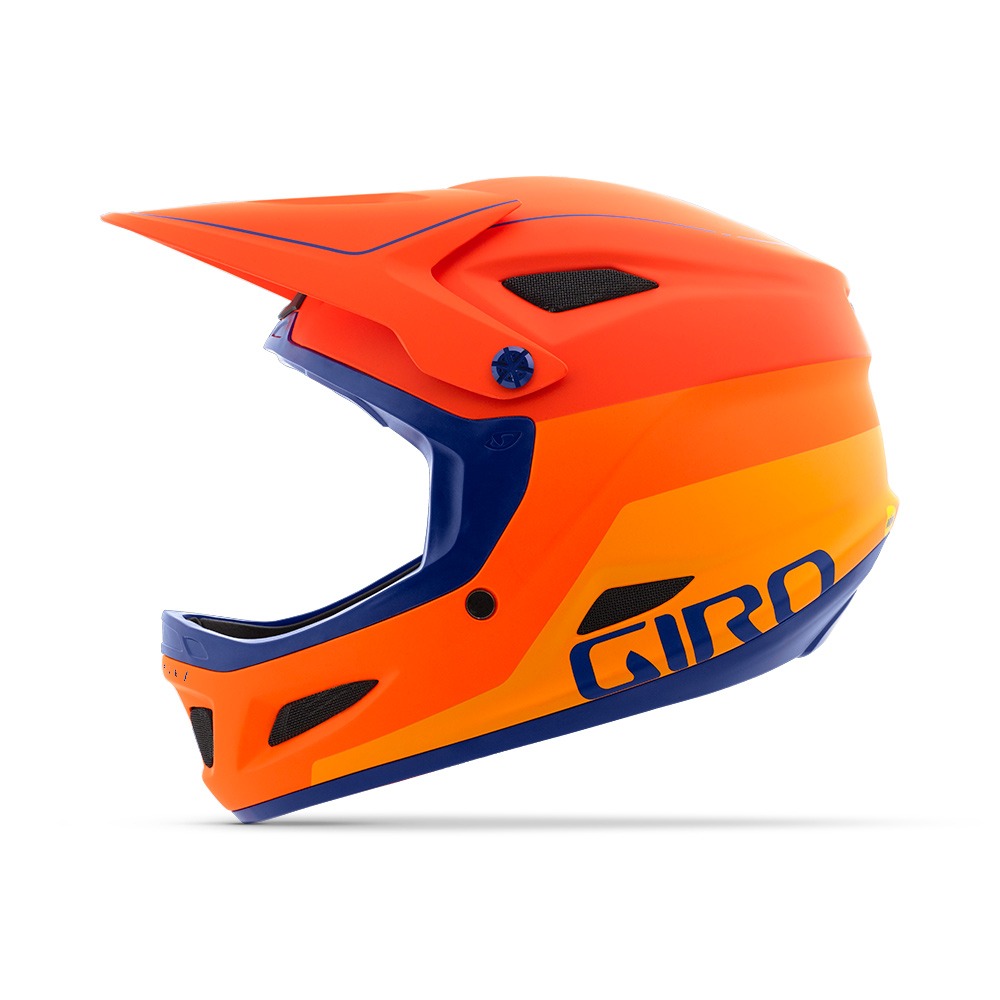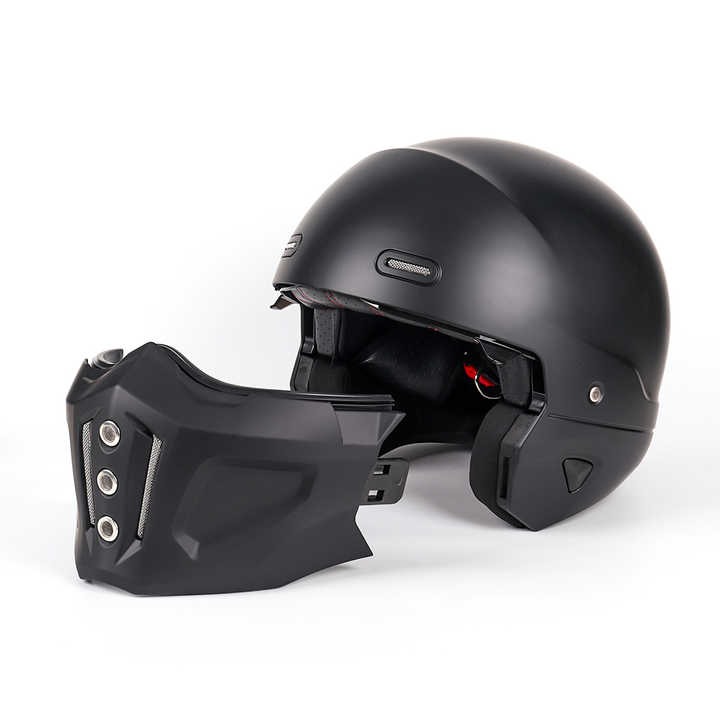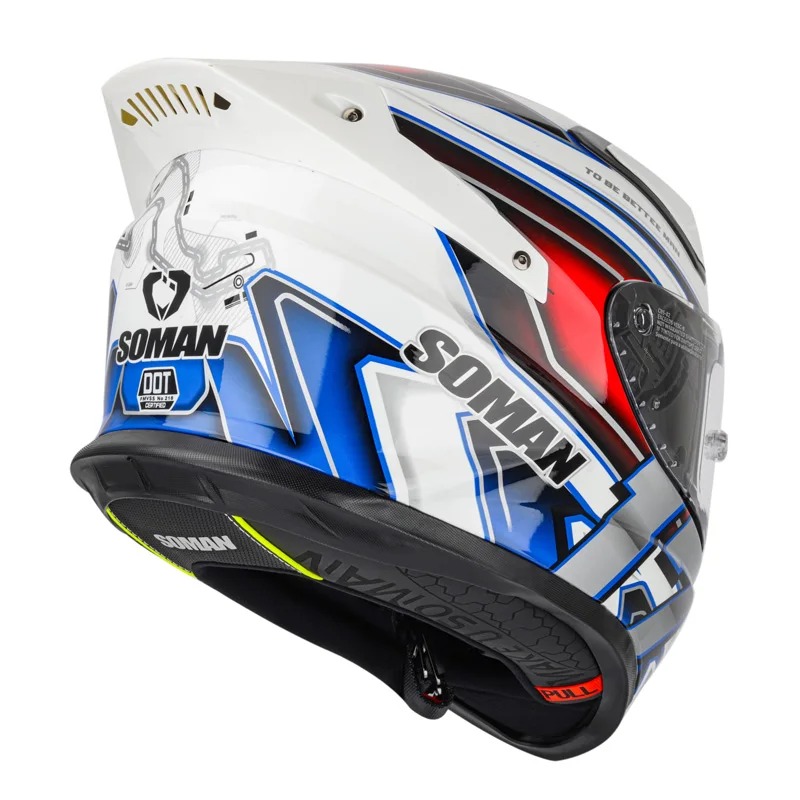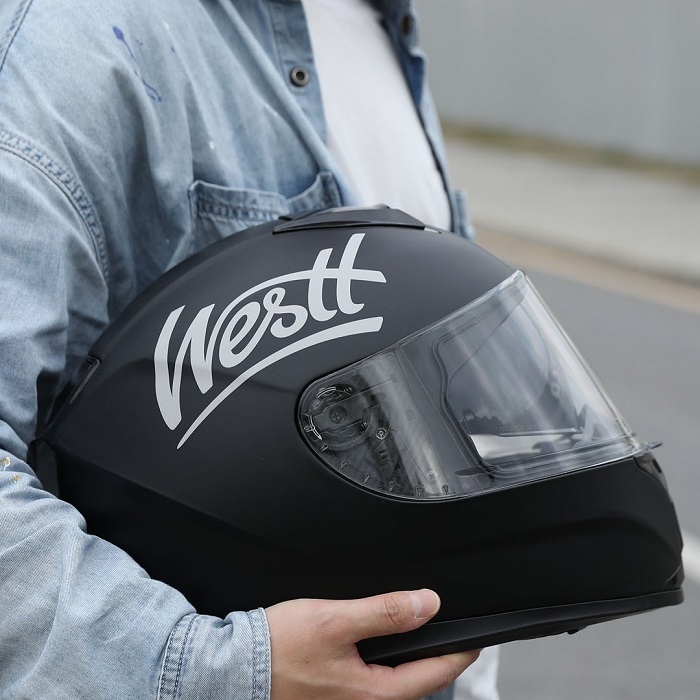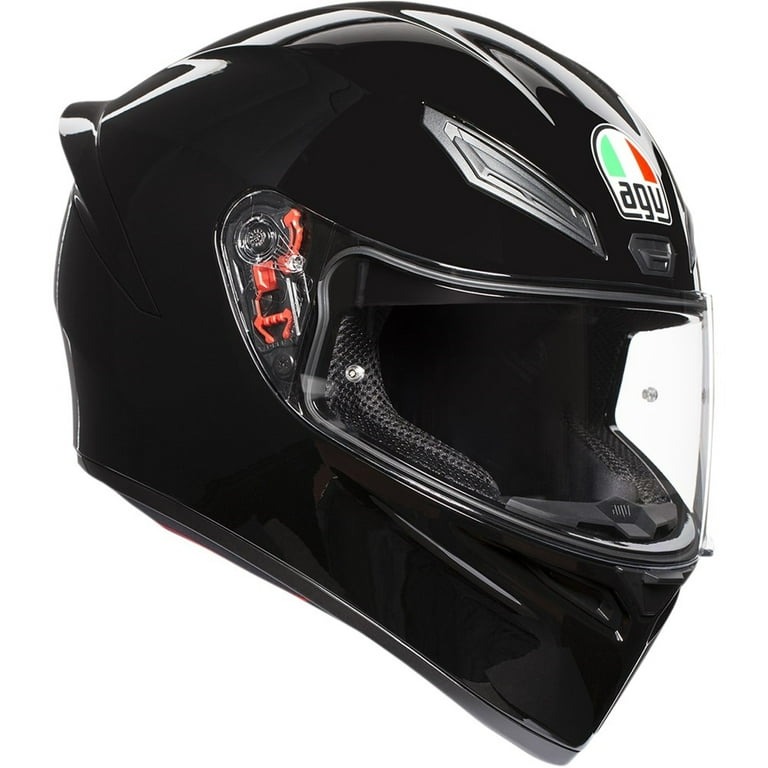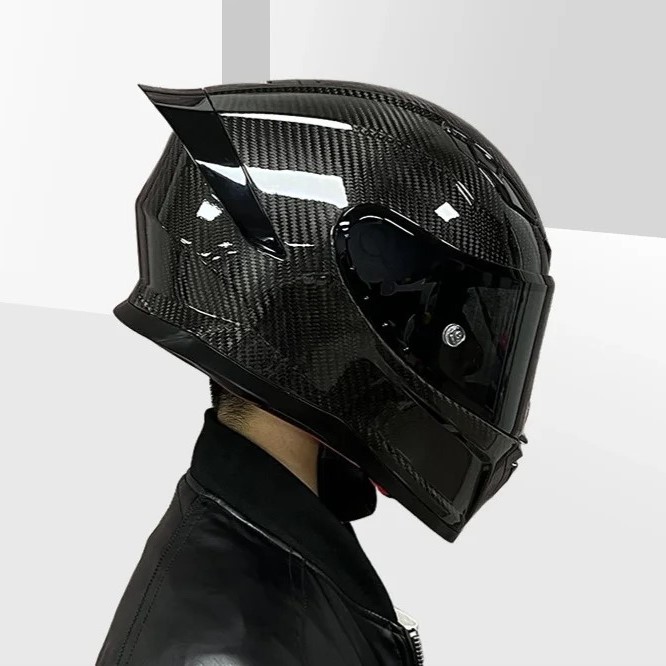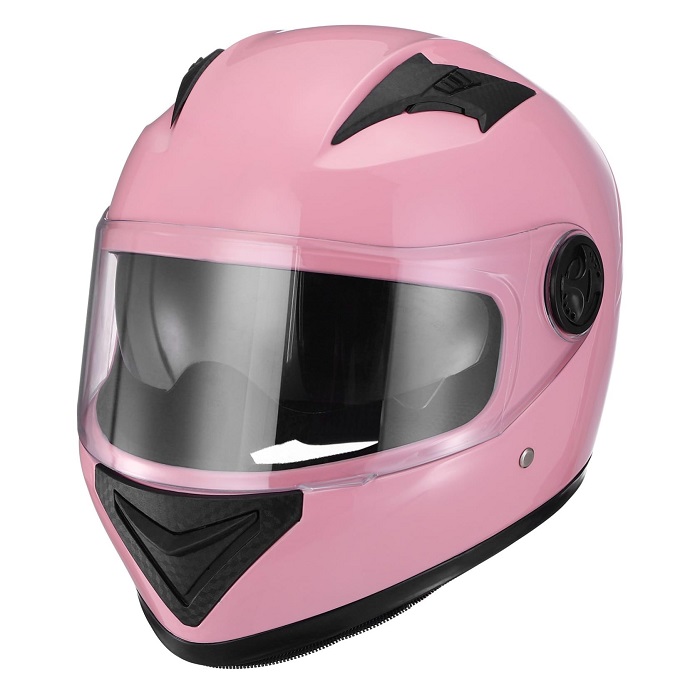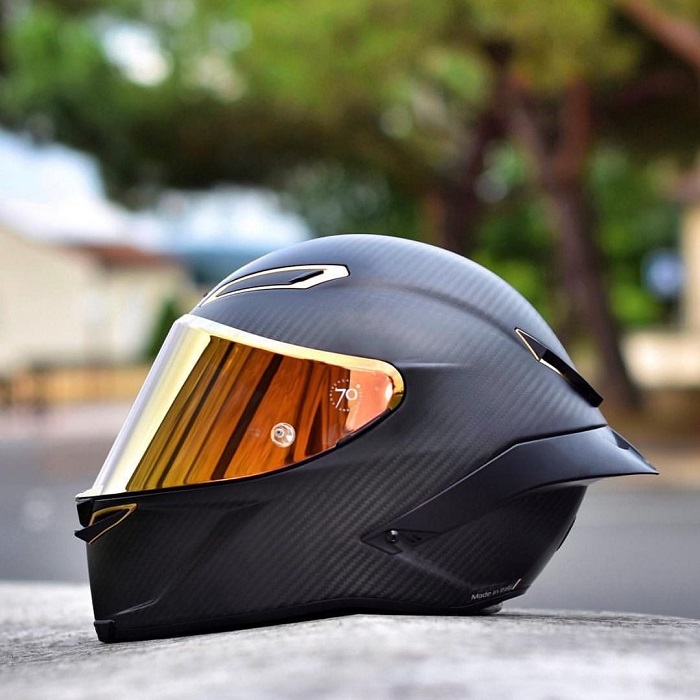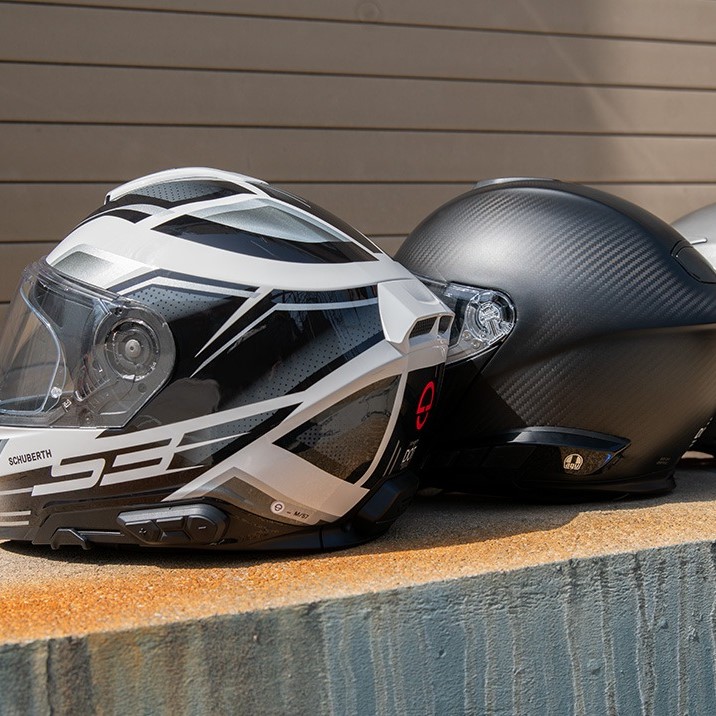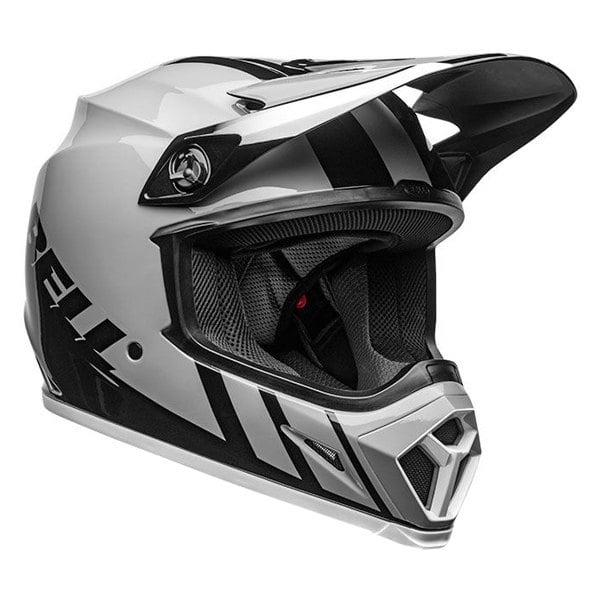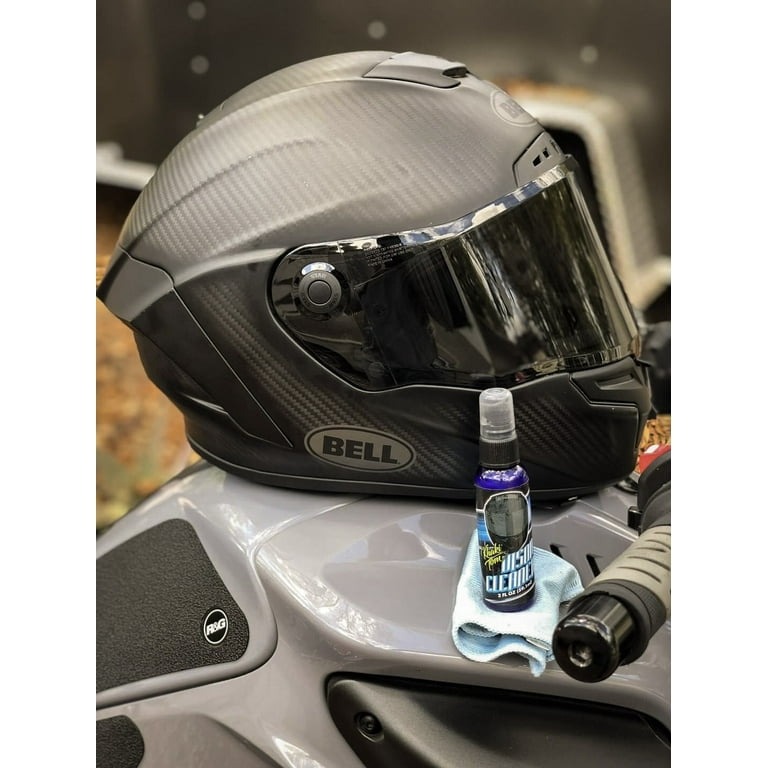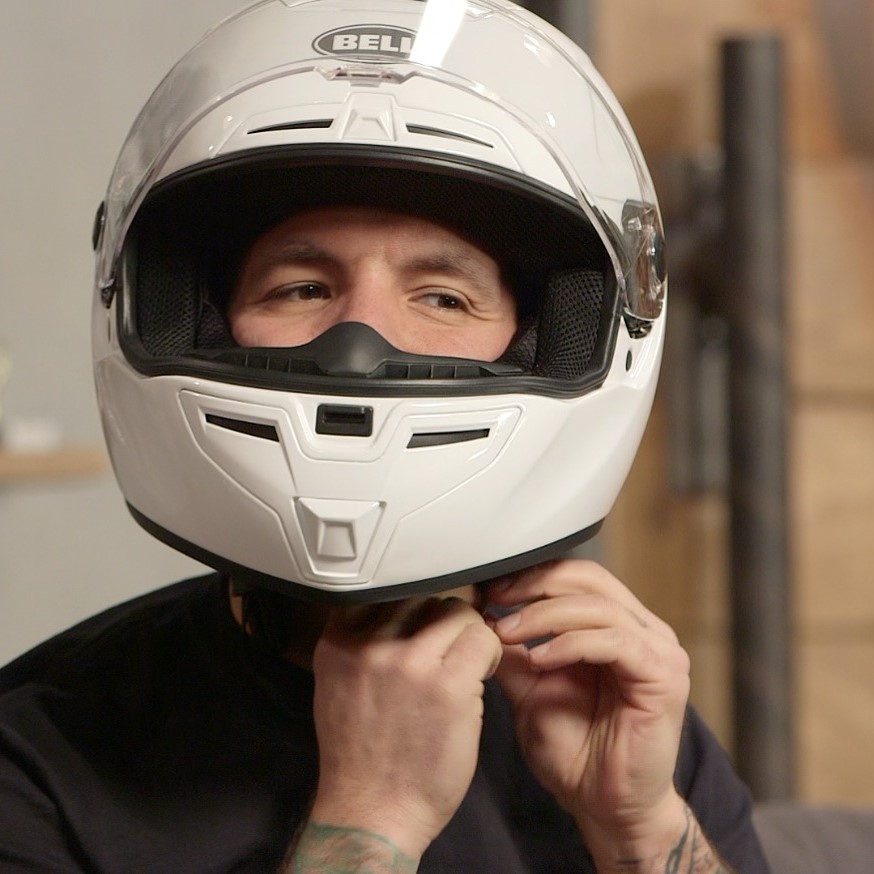Feb 27, 2025
How to Tell If a Motorcycle Helmet Is Still Good: A Guide
Introduction to Helmet Longevity
Motorcycle helmets are vital for rider safety. They shield your head during impacts and falls. But helmets don’t last forever. Over time, helmet materials degrade. This can reduce their protective abilities. It’s crucial to understand when a helmet needs replacing.
Regular checks are key to helmet longevity. Knowing how to tell if a motorcycle helmet is still good is essential. This blog post will guide you through the signs of wear and tear. We’ll explore what to look for in helmet materials and construction. Strap condition and comfort padding will also be discussed.
By the end of this post, you’ll know when to replace your helmet. You’ll ensure your safety on the road. Let’s dive into the world of motorcycle helmets and their lifespan.
The Importance of Regular Helmet Inspection
The safety of motorcycle riders hinges on a dependable helmet. Consistent checks can spot early wear. Overlooking regular inspections can lead to missed danger signs. Helmet inspections should be part of your routine. They assure your gear still offers top protection.
Check for surface damage and interior wear each time. Do this before and after rides. Ensure the helmet has no cracks or significant scrapes. These can compromise your safety. Inspect the inside for padding breakdowns and comfort liner aging. Sturdy straps and buckles are a must for a safe ride.
Remember to look for sun and chemical damage. Protect your helmet from harsh elements. Store it in a cool, dry place. This practice extends its life. Make inspections a habit. It’s a simple step for your well-being.
By examining your helmet regularly, you’re proactive about safety. Knowing how to tell if a motorcycle helmet is still good is crucial. Regular attention helps you stay ahead of risks. Your helmet’s integrity is key to your head’s defence. So, commit to regular helmet inspections.
Understanding Helmet Materials and Construction
Motorcycle helmets consist of several key materials. The outer shell typically features tough plastics or composites. These withstand impacts and abrasions. Inside, a layer of foam absorbs shock. This layer is vital for protection.
Helmets rely on expanded polystyrene (EPS) foam for shock absorption. This foam compresses on impact, diverting energy from your head. Over time, this foam can degrade.
Good construction means strong seams and secure components. Check these in regular inspections. Inspect the chin strap attachment and visor fittings. These should remain snug and uncompromised.
Understanding these materials and how they are constructed helps. It informs you about what to look for during inspections. Recognize if a helmet’s integrity might be compromised. This ensures a helmet truly can protect.
Quality helmets have durable materials and precision construction. Choose helmets certified by recognized safety standards. These standards guide how to tell if a motorcycle helmet is still good. Certification guarantees that materials and construction meet safety criteria.
Remember, materials age and technology advances. Even if a helmet looks intact, materials could be past their prime. This can compromise safety. Knowing the materials and how they are built aids in making informed decisions about helmet safety and longevity.
Visual Inspection: What to Look For
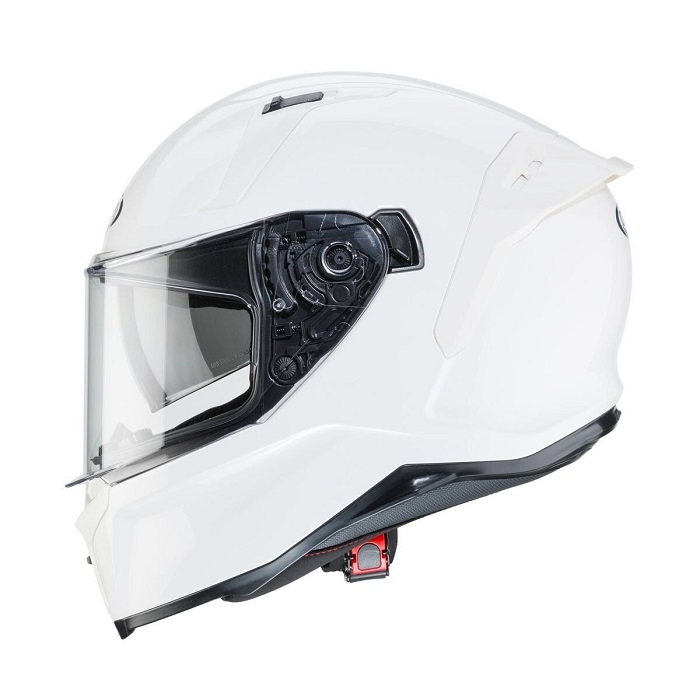
Visual checks are a rider’s first line of defense in ensuring helmet safety. Begin with the outer shell. Look for any signs of cracks, dents, or significant scratches. These could mean the helmet absorbed a strong impact. It might not protect as well now.
Next, examine the helmet’s color and finish. Fading or peeling may indicate sun damage. Sun can weaken a helmet’s materials over time. Also, look for any signs of chemical damage. Spots or inconsistencies in texture could mean harmful exposure.
Make sure the visor is clear and free of deep scratches. Scratches can impair vision. They also show the helmet has faced rough conditions. Inspect the visor’s attachment points, too. They should be firm and without cracks.
Move to the interior. Pull gently on the comfort padding. It should not come loose or show excessive wear. The foam underneath must be intact. Crumbling or stiff foam suggests it’s no longer good for impact absorption.
Look at the helmet straps and their attachments. These parts should not have frays or tears. Test the buckle. It should click securely without hesitation. A loose buckle means a less secure fit, which is risky.
Remember, spotting damage early can save a rider. If you see any of these issues, consider a helmet replacement. Keep in mind how to tell if a motorcycle helmet is still good during each inspection. A keener eye leads to safer rides.
Impact Absorption: Checking for Compromised Protection
To assess a helmet’s impact absorption, start with the EPS foam. This foam layer is key to protection. Over time, it can break down. When this happens, your helmet is less effective in a crash. Your safety is at risk.
Here’s how to tell if a motorcycle helmet is still good for impact absorption:
- Press on the outer shell gently. It should not reveal soft spots or depressions. These signs could mean the foam inside has compacted or degraded.
- Look at the foam directly. If you see cracks or crumbling, the foam might not absorb shock well anymore.
- Consider the age of your helmet. Most helmets offer good protection for about five years. After that, the materials may not perform as they should.
A helmet with compromised impact absorption must go. It cannot guarantee your head’s defense during an accident. Remember, protection is the core purpose of a helmet. Make sure yours is up to the task.
Strap and Buckle Condition: Ensuring a Secure Fit
A secure fit is vital for helmet safety. It starts with the strap and buckle. Here’s what to look out for when examining the strap and buckle for wear and tear:
- Inspect the straps closely. Look for fraying edges and signs of stress or stretching. These flaws can weaken the strap’s hold.
- Test the buckle. It should click in place firmly every time. A buckle that hesitates or is too loose is unreliable in a crash.
- Check the strap’s attachment points. Make sure they are not pulling away from the helmet. Secure attachments keep the helmet in place on your head.
- Feel for any changes in the strap’s texture. Over time, exposure to the elements can make the material brittle, stiff, or too elastic.
- Look for color changes or fading in the strap material. Sunlight can degrade the strap’s strength over time.
The straps and buckle must provide a snug, comfortable fit. They should adjust smoothly to your head without causing discomfort. Always remember how to tell if a motorcycle helmet is still good by examining these essential components. A helmet that stays securely on your head, with a well-functioning buckle and intact straps, is a crucial aspect of rider safety.
Comfort Padding and Liner Wear: Indicators of Aging
The comfort padding and liner are key to helmet comfort. Over time, they show signs of aging. Here’s what to watch for:
- Check the padding’s firmness. It should be plush, not flattened or hard.
- Look for rips or disintegration in the liner fabric. These mean the liner is breaking down.
- Smell the interior. Persistent odors suggest a buildup of sweat and oils. This degrades the material.
- Feel inside for uneven areas. Wear may cause the padding to become lumpy or thin in spots.
These symptoms indicate it’s time to consider a new helmet. The liner and padding don’t just make the helmet comfortable. They ensure a snug fit. They also play a role in shock absorption. When these components wear out, your helmet may not perform well in an impact.
Regular cleaning helps extend the life of these parts. However, once they show substantial wear, it’s a clue. You must know how to tell if a motorcycle helmet is still good. Don’t overlook the importance of the padding and liner. They are clear indicators of helmet aging and are essential for your protection.
The Lifespan of a Motorcycle Helmet
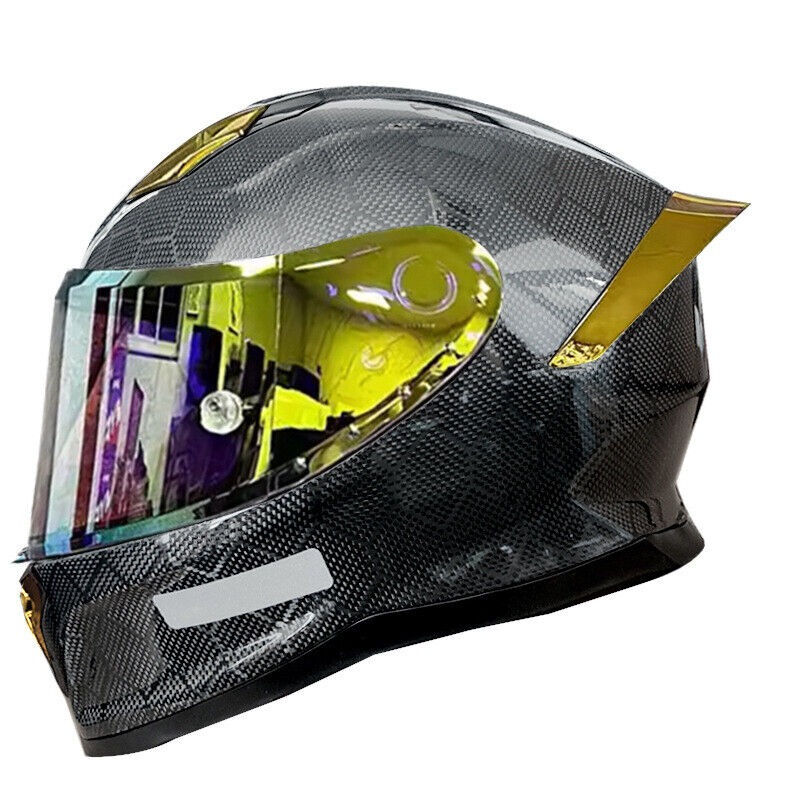
Understanding the lifespan of a motorcycle helmet is crucial to rider safety. On average, helmets have a service life of about five years. However, this number can vary based on usage, care, and exposure to the elements. Here are some factors that impact your helmet’s lifespan:
- Frequency of Use: Helmets used daily wear out quicker than those used less often. Frequent riders should be vigilant about helmet condition.
- Storage Conditions: Exposure to extreme temperatures and chemicals can shorten a helmet’s life. Always store your helmet in a cool, dry place away from harmful substances.
- Care and Maintenance: Regular cleaning prolongs helmet life. But be gentle. Harsh cleaning agents can damage helmet materials.
- Accidents: Any helmet involved in a crash should be replaced immediately. Even if it looks undamaged, its integrity could be compromised.
It’s not just about years; it’s about the signs of wear and tear. Always inspect your helmet as we’ve described earlier. If you notice significant wear, even if the helmet isn’t old, it’s time to replace it.
When considering a helmet’s lifespan, use its age as a guide but focus on condition. It’s vital to know how to tell if a motorcycle helmet is still good by examining it thoroughly. If in doubt, consulting with a professional or the manufacturer can provide clarity. Safety should always be the top priority.
When to Replace: Recognizing the Signs
Knowing when to replace your motorcycle helmet is key for safety. Look for these clear indicators:
- The helmet is over 5 years old, even with minimal wear. Materials degrade over time.
- Any sign of damage from crashes, such as dents or cracks, means immediate replacement.
- If the strap or buckle looks worn, feels different, or doesn’t secure well, it’s time.
- Comfort padding that’s compacted or damaged reduces protection — replace the helmet.
- Sun or chemical damage that alters the helmet’s appearance can weaken its structure.
- Persistent bad odors inside signal material breakdown. This compromises safety.
Always remember how to tell if a motorcycle helmet is still good by checking age, damage, and fit. If in doubt, it’s better to be safe. Opt for a new helmet. It’s a small cost for ensuring your protection on the road.
Conclusion: Maintaining Helmet Safety
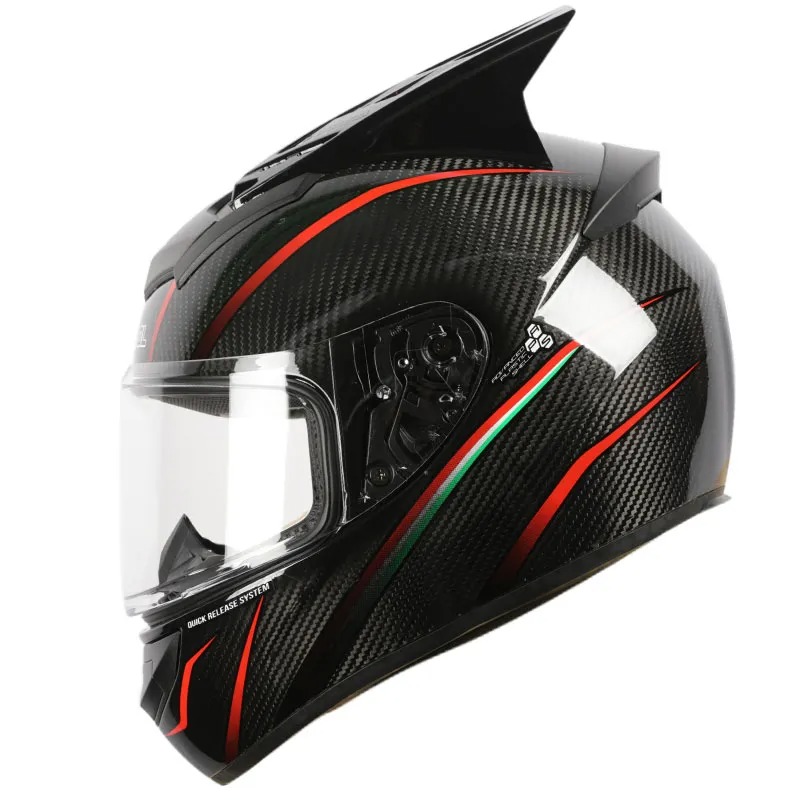
Maintaining your motorcycle helmet is essential for road safety. Regular checks prevent accidents and ensure you’re always protected. Look for signs of damage and wear in all helmet parts. If you find any, replace your helmet right away.
Examine your helmet’s materials and construction regularly. They play a crucial role in your head’s safety. Replace helmets over 5 years old or after any crash, regardless of their appearance. Remember, materials can weaken over time without showing visible wear.
Keep your helmet clean and store it properly. This care extends its life and performance. But, don’t ignore the signs of aging, like stiff or compressed padding, or a loose strap and buckle.
In sum, knowing how to tell if a motorcycle helmet is still good is vital. It helps you make informed decisions for your safety. Don’t wait for an accident to discover your helmet isn’t protective. Regular inspections, proper care, and timely replacements are key to staying safe on every ride. Make helmet safety a top priority.
More Details
